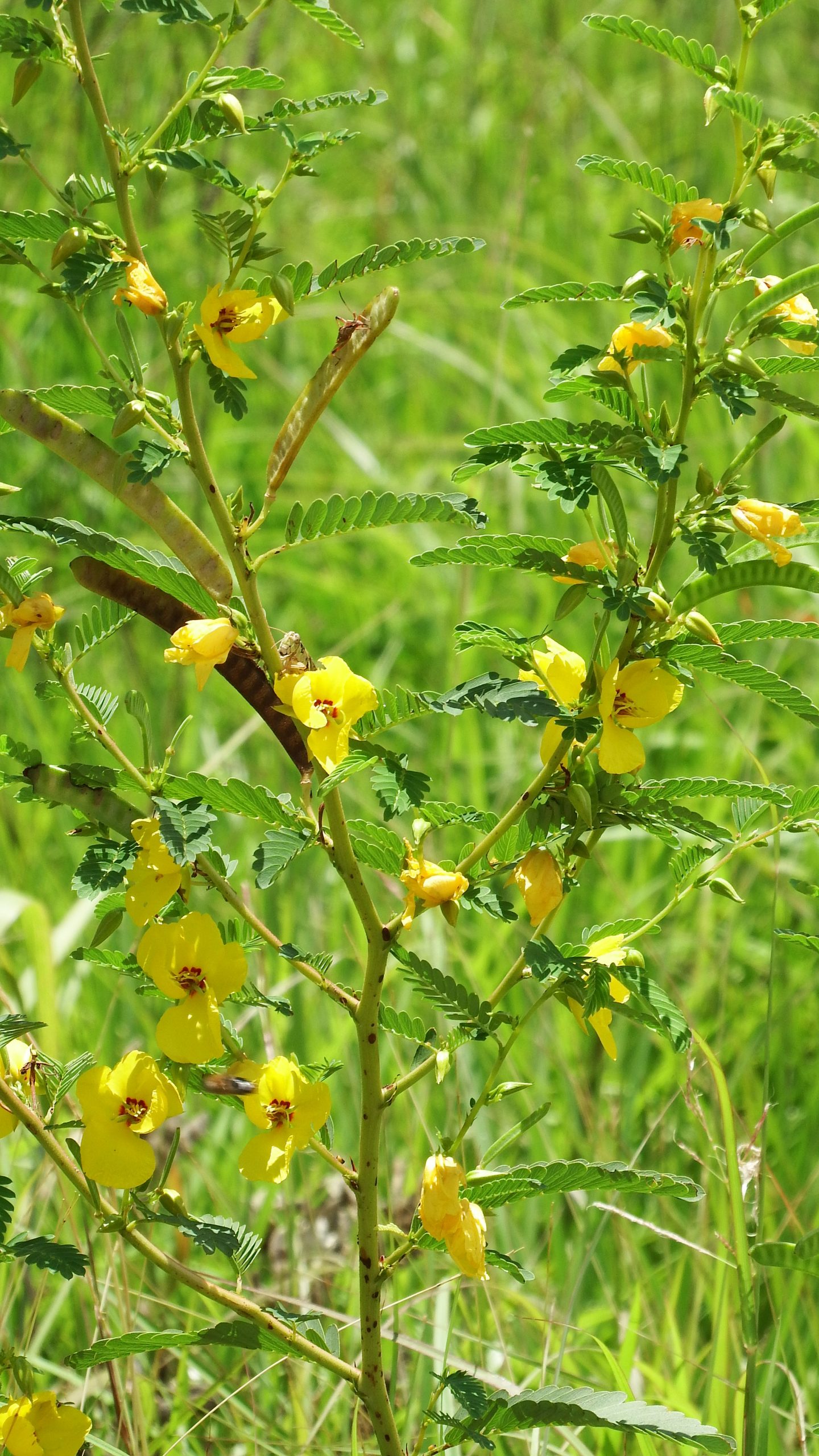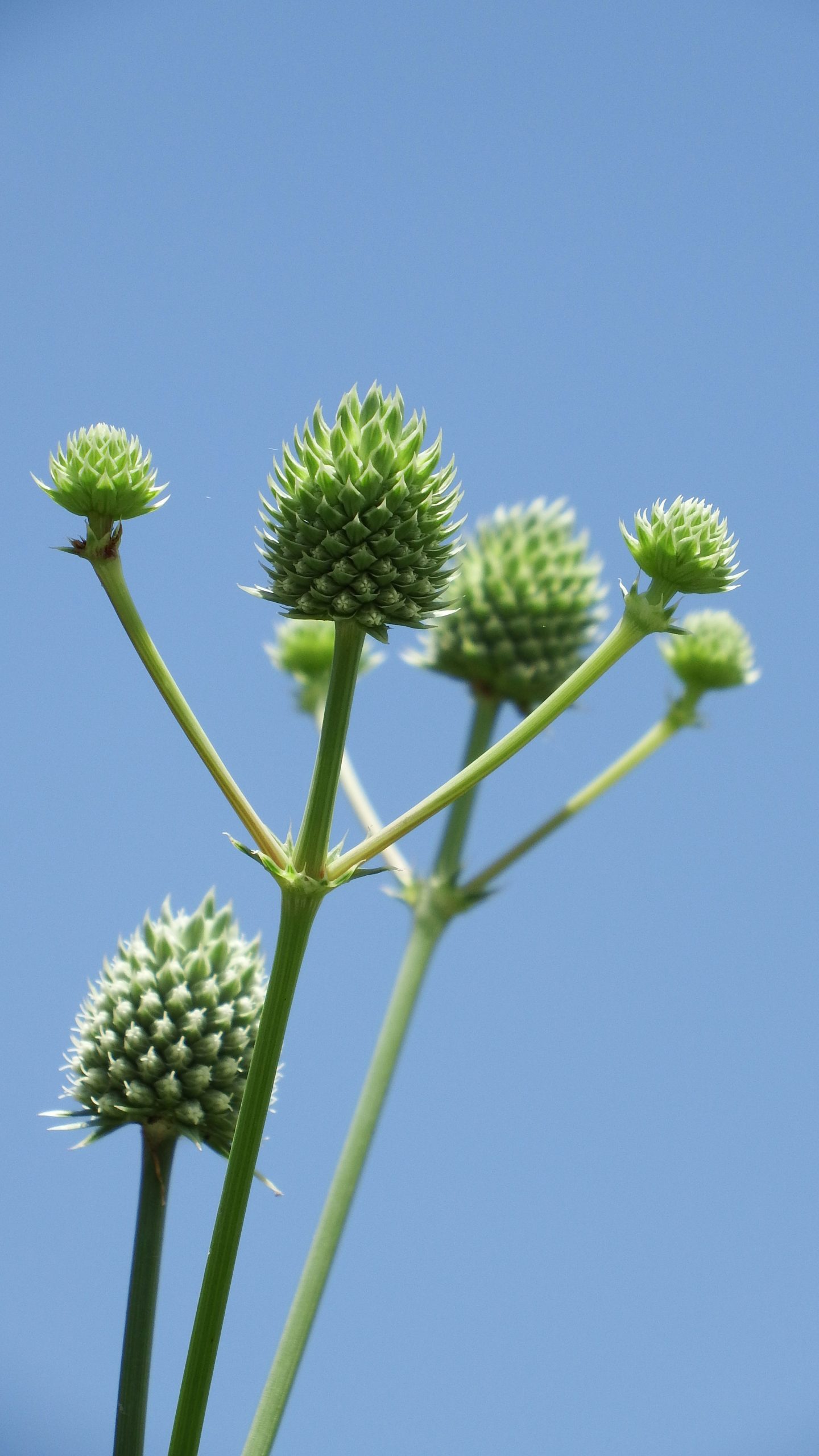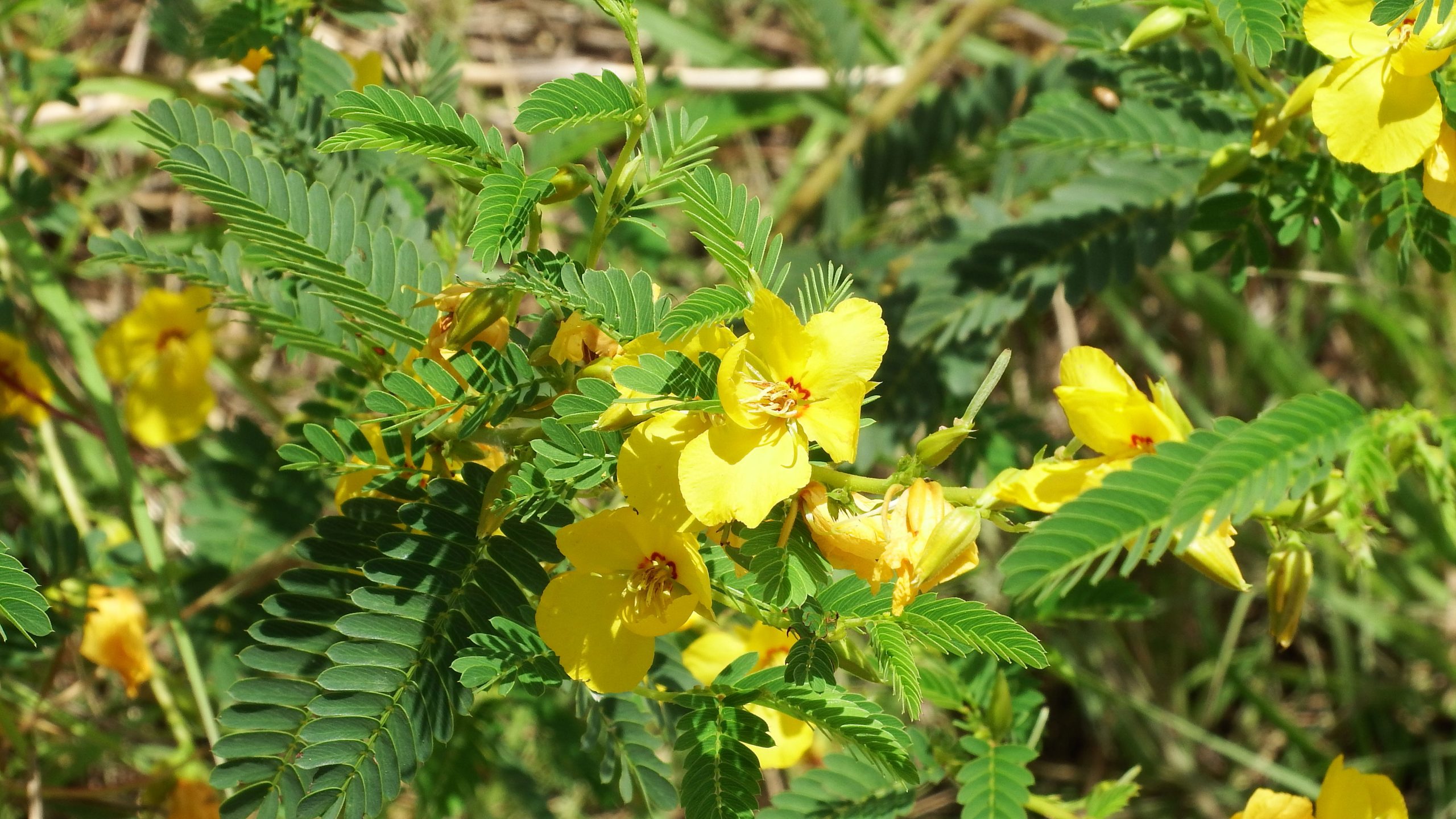Bits and Bobs

This week has been full of distractions. Time to get serious even if no big topic has presented itself to me. There are always small topics!
Rattlesnake Master
There are a few things that will set a local master naturalist’s heart racing and they aren’t always the same things that will set a civilian into a swoon. High on that list would be rattlesnake master. This is a kind of cool flower with an even cooler name. But what makes it a celebrity in the prairie community is that it is a marker plant. You don’t see it around much day to day, but you do see it everywhere on a prairie.
Houston is part of a coastal prairie ecosystem that existed from Louisiana to Corpus for the last 23,000 years. It is only within the last hundred or so that it was almost completely consumed by us in the process of making money and making ourselves comfy. Rattlesnake master is one of the plants that are used as a marker of landscape that is an original prairie remnant. If you pass a field with rattlesnake master, indian plantain, Texas coneflower and a few other prairie plants, you have found something remarkable. You have possibly found a bit of prairie that hasn’t yet been demolished.
I was walking along the lower path east of the Rosemont bridge when I noticed the first rattlesnake master I have ever seen in the Park. It has more than likely been there for years. Rattlesnake master doesn’t bloom its first or, often even the second year. We are not an old prairie remnant. We are a prairie restoration. That rattlesnake master is like a giant gold star that says we are doing a great job! So well done us.
And while rattlesnake master does have a really cool name, its medicinal benefit is mild to unproven. These flowers aren’t open yet, when they do open, they will look like a white thistle, but rattlesnake master, like many other spiny thistle wannabes, isn’t a true thistle. It’s in the same family as carrots.

Rattlesnake Master
Heron Maintenance
Our black-crowned night herons are in fine fettle right now. They are back in the park, having spent the last month or so in communal roosts raising this year’s crop of chicks. You can see them almost always under the bat bridge (lots of fallen bats and cliff swallows to snack on). Right now they are looking particularly spiffy in breeding plumage. In case you were wondering, that breeding plumage consists of a long feather on the back of their head. A look this fine requires more than a little maintenance, so here is an example of black-crowned night heron routine maintenance.
Partridge Pea
I love workhorse plants and the partridge pea certainly fits the bill. You might know this native wonder as a sensitive plant. If you gently touch its mimosa-like leaves, they will quickly fold up. The leaves also fold up at night. A quick jaunt through the internets has produced no ready adaptive reason is for the leaf folding. It might deter predators (not sure how) and it might prevent evaporative water loss on hot days, but that doesn’t explain the sensitivity to touch.
So leaving this cool feature alone for now, the partridge pea has a lot to offer. It is a true pea, so its roots fix nitrogen in the soil. Nitrogen is an important nutrient for plants and soil poor in nitrogen will not sustain lush plant growth. Peas solve that problem by producing nitrogen-rich nodules on their roots that makes nitrogen available to other plants who need it.
Partridge pea is also a significant food source both for browsing deer (those pea pods are a particular favorite; you can see them in the photo of partridge pea at the top of this post) and for a variety of orange and yellow butterflies collectively known as “sulphurs.” Their caterpillars feed on a variety of peas, but the partridge pea is a particular favorite.
And last but not least, it’s effortlessly pretty.
Bonus game: in the photo at the top, there is a small leafhopper and a very large grasshopper lurking. So, where’s Waldo — insect edition! Answer next week.

Partridge Pea

